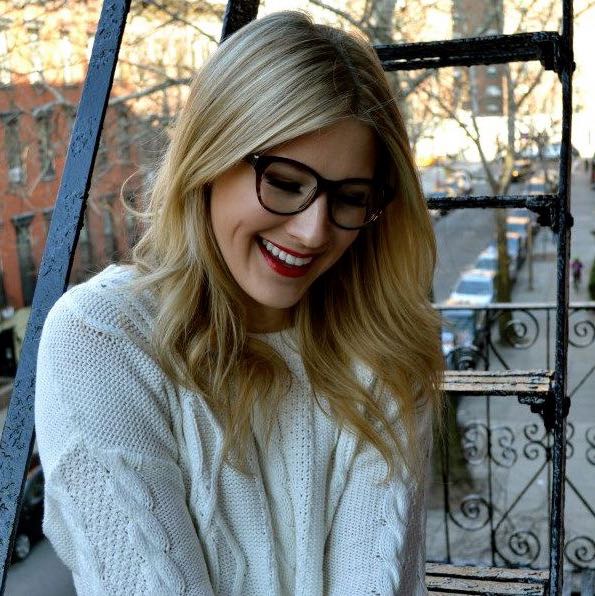The Secret Reason Some Wines Give You the Hangovers to End All Hangovers

What's up With Sulfites?
First, we needed to know one important thing: What is a sulfite? “Sulfites are naturally occurring compounds—a sulfur atom and three oxygen atoms. They naturally occur in foods, but they can also be added to foods as a preservative because they keep fungal organisms and bacteria from growing,” LeVeque explains.
When it comes to what’s in your wine glass, there’s no avoiding sulfites altogether. “All wine is going to have sulfites. Naturally occurring sulfites in wine may be less than 20 parts per million, but if they go and add a whole bunch of sulfites to the wine, it could be as high as 300 parts per million,” LeVeque says.
Can a naturally occurring compound really be that “bad” for you? “Sulfites aren’t technically super bad for you. Your body can process them. They’re sulfur—they’re a natural ion,” LeVeque says. Plus, “the research isn’t conclusive that sulfites cause headaches or that there’s a real problem there.”
That said, “sulfites are just another thing that your body doesn’t need to process. If you have the option to have a lower-sulfite wine—and there isn’t conclusive research about it—then you should pick the lower option.”
While many remain hung up on the adverse reaction they have to sulfites, LeVeque believes that a wine hangover is more likely due to an additive that winemakers are throwing in the mix: deep purple.
Enter Deep Purple
Huh? Deep purple? We consider ourselves seasoned sippers, and this is a phrase we’d never heard before. According to LeVeque, it’s essentially a pure juice concentrate derived from grapes that some winemakers have begun adding to their wine to make the color prettier or the wine sweeter. It’s also pure fructose, which LeVeque says is very hard on the body.
Shocked that there might be straight grape juice in your wine glass? We are too. And deep purple has big implications for winemaking. “Now winemakers can doctor up their wine instead of knowing their soil is really good and full of nutrients, and that their grapes are grown organically, and they know exactly when to pick them. With frosts or hot weather, they don’t have to throw those grapes away anymore—they can just doctor the wine with deep purple,” LeVeque says.
Do All Wines Have Deep Purple?
Concerned that we might be sipping pure sugar, we were itching to know if this practice is exclusive to certain winemakers and regions. Thankfully, it is. Traditional winemakers look down on the technique, but regulations vary in every country.
Unfortunately, additives aren’t limited to red wine either. “I know that in New Zealand, there aren’t laws against adding white sugar,” LeVeque says. That’s why white wine from the region—like Clos du Bois, Kim Crawford, and Oyster Bay—is so dependably yummy. “It tastes exactly the same every single time because they make it taste the same every single time.”
How Can You Avoid Wine With Additives?
If you’re disturbed by this revelation, LeVeque advises, “You don’t need to freak out. Just choose a cleaner option.” Wondering how? Unfortunately, winemakers are not required to disclose if they add deep purple or sulfites, so you’ll have to do some legwork.
The first option, if you have the liberty to do so, is to get to know how the wines you drink are made. Visit wineries and ask if they add sulfites or deep purple to their wines. Dig a little deeper than you might normally.
If that’s not a possibility—not all of us have the luxury of living within driving distance to vineyards—then LeVeque suggests a website called Dry Farm Wines. This company doesn’t make wine, but they find traditional winemakers who make organic, no-fructose-added, no-sulfites-added, and no-pesticides wine. Then they source it, box it, and send it to you as a wine club. Membership isn’t cheap ($159 a month for six bottles), but it’s a good way to get familiar with clean wines you can then purchase again in the future.
You may also notice certain locations—like France, Italy, and South America—are more inclined to practice traditional winemaking, but it’s always important to research, no matter the origin.
We’re curious—had you heard about deep purple before today? Does the concept concern you?
Disclaimer
This article is provided for informational purposes only and is not intended to be used in the place of advice of your physician or other medical professionals. You should always consult with your doctor or healthcare provider first with any health-related questions.

I'm a freak for the sixties set: Brigitte Bardot, Sophia Loren, Veruschka
Who are your 5 favorite people to follow on Instagram?@stonefoxbride @lenadunham @sfgirlbybay @bullyinstagram @jengotch
What's the beauty essential you can’t live without?Eyeliner
What's your desert island album?The Eagles Hell Freezes Over
What's your favorite Byrdie.com story? Why Don’t The Cool Kids Wear Makeup? See More
